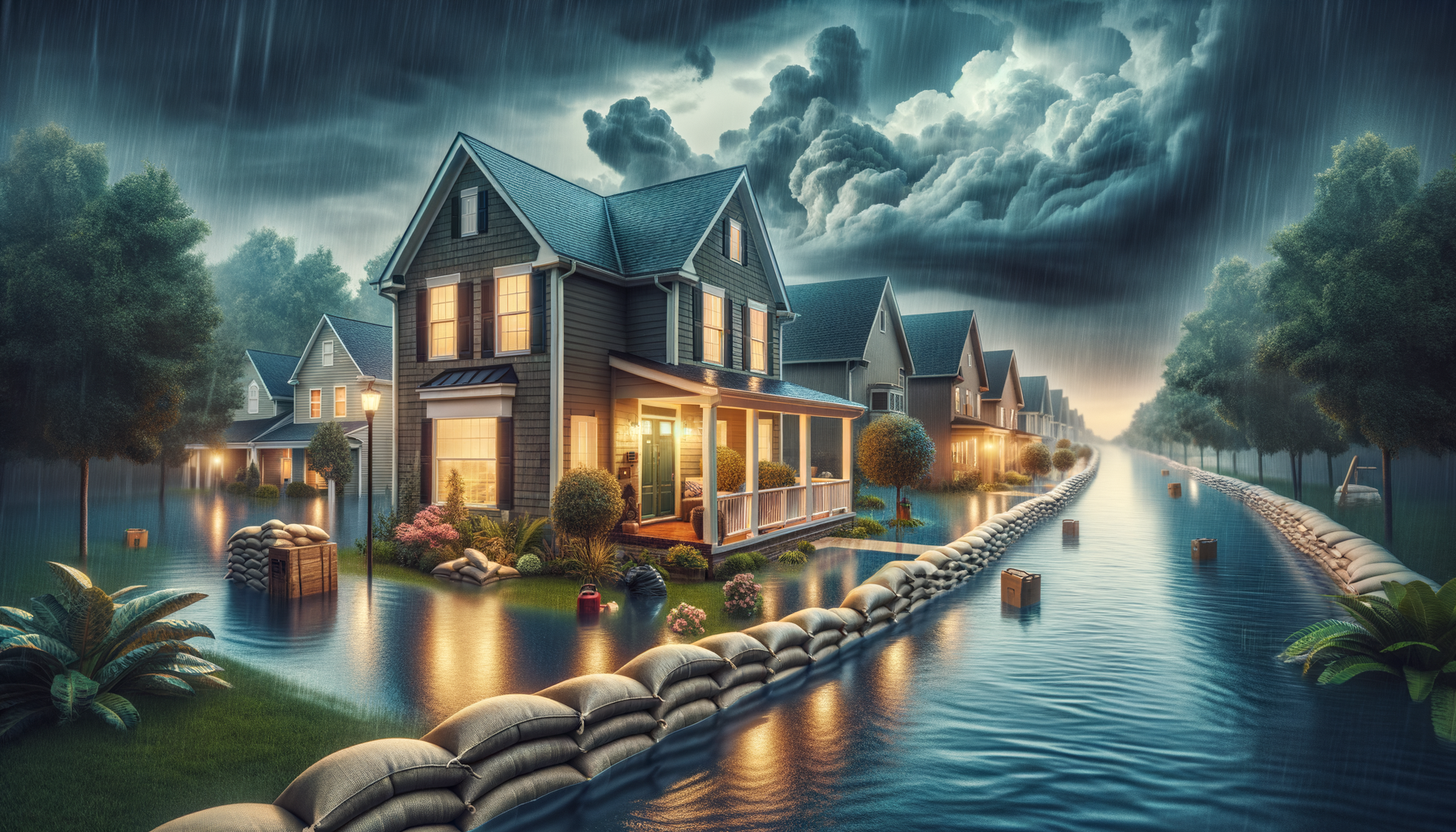How to Effectively Reverse Water Damage in Your Home: A Step-by-Step Guide

Water damage in the home is an unfortunate occurrence that can lead to extensive repairs if not addressed promptly and correctly. Whether it’s due to a burst pipe, a faulty appliance, or weather-related incidents, the aftermath often demands swift attention to prevent further issues like mold growth and structural weakening.
When water damage happens, the first step you should take is locating the source of the problem. Stopping the water flow as soon as possible is crucial in minimizing damage. This might involve turning off the main water supply or addressing a specific appliance that’s malfunctioning. In cases of severe weather, protective measures like sandbags or temporary barriers can help redirect water away from your property’s foundation.
Once the water source has been contained, it’s essential to assess the extent of the damage. Evaluate which areas are affected and categorize them. This will help prioritize your immediate actions. It’s equally important to contact your insurance company right away. Document all damage through photos and notes, as this will be critical when filing your claim.
Start the drying process immediately. Circulation is key, so open windows, use fans, or rent a dehumidifier to remove moisture. In some situations, professional equipment might be necessary to effectively dry out your space. Quick action is crucial here since extended damp conditions encourage mold and mildew, which can become health hazards and complicate the cleanup process.
While drying, begin removing materials that are unsalvageable or severely compromised. This could include soaked carpet, drenched drywall, or damaged furniture. Remember, drywall is particularly susceptible to mold, so check for signs of dampness or discoloration and replace it if needed.
Sanitizing after a water incident is also vital. Water can carry numerous contaminants, especially if the damage was due to flooding. Thoroughly clean and disinfect all surfaces, even those that might not appear affected, to ensure a safe living environment. In some cases, hiring professionals for mold remediation and sanitization might be your best option to ensure all risks are mitigated.
Finally, as you move toward repairs, consider improvements to prevent future incidents. Maybe updating old plumbing, installing a sump pump, or improving drainage around your property could offer peace of mind and safeguard against recurring issues.
Through careful examination and proactive measures, restoration of your home post-water damage is possible. Focusing on quick action and proper methods will not only restore comfort but also enhance the resilience of your home against future mishaps.
